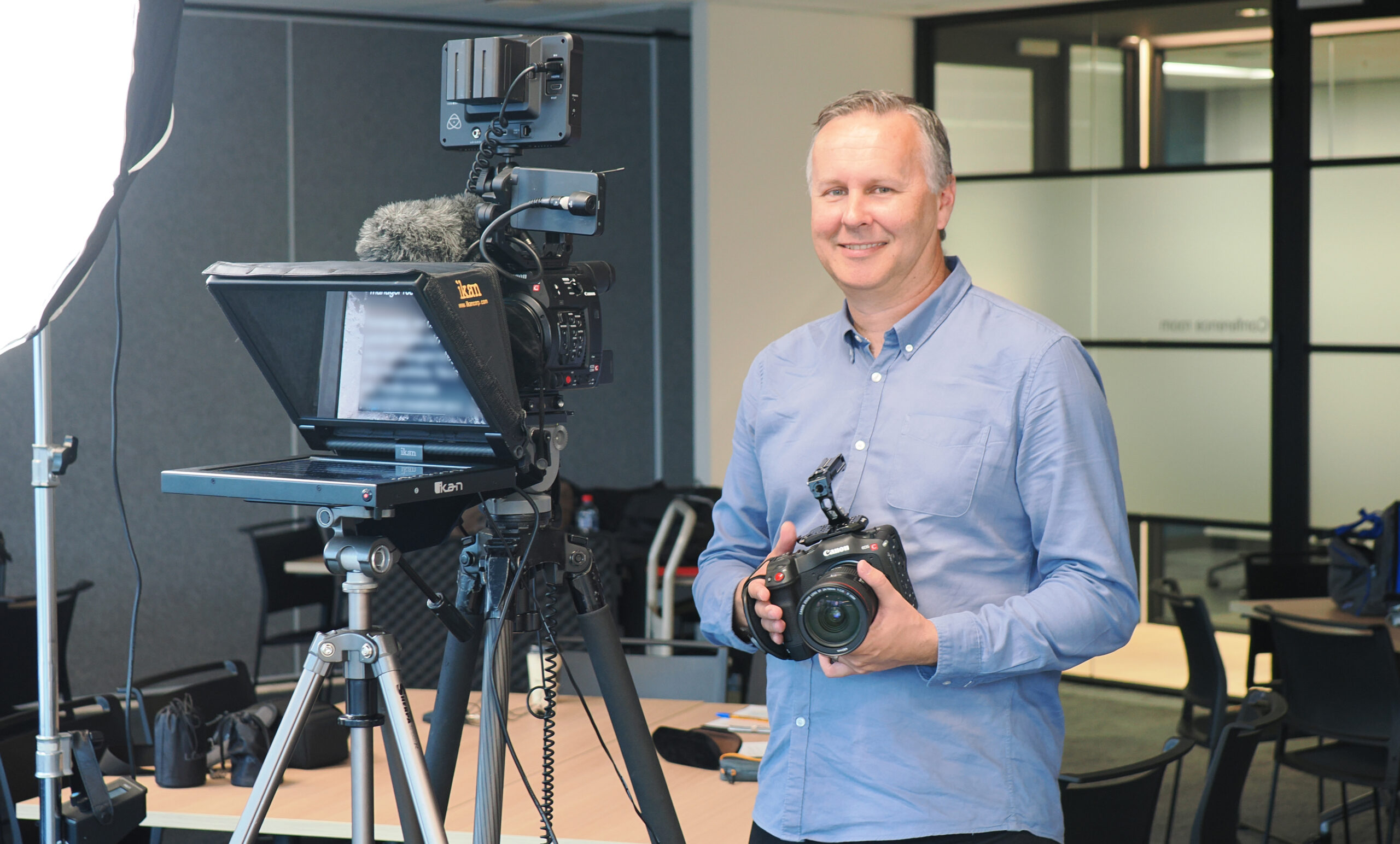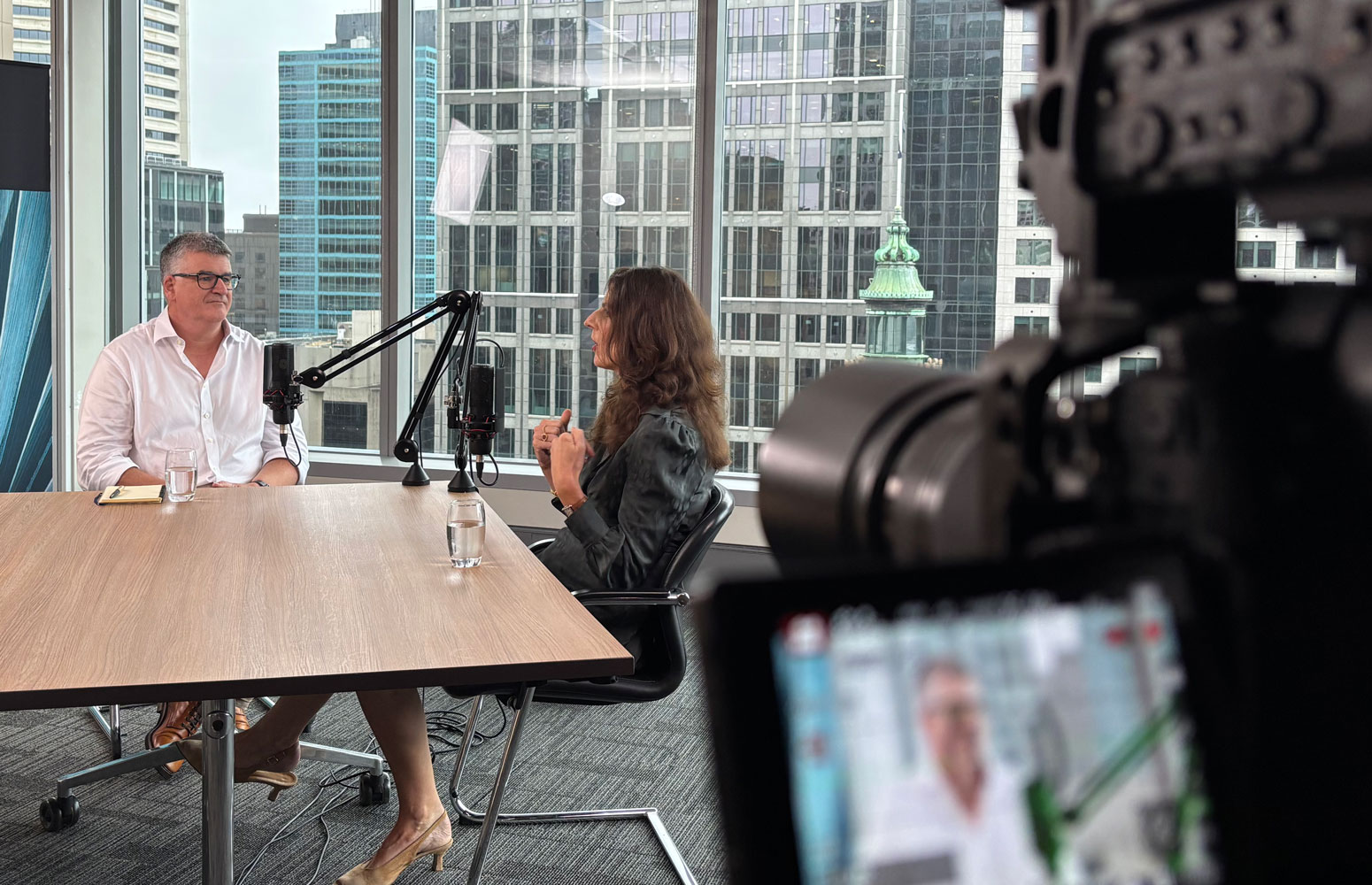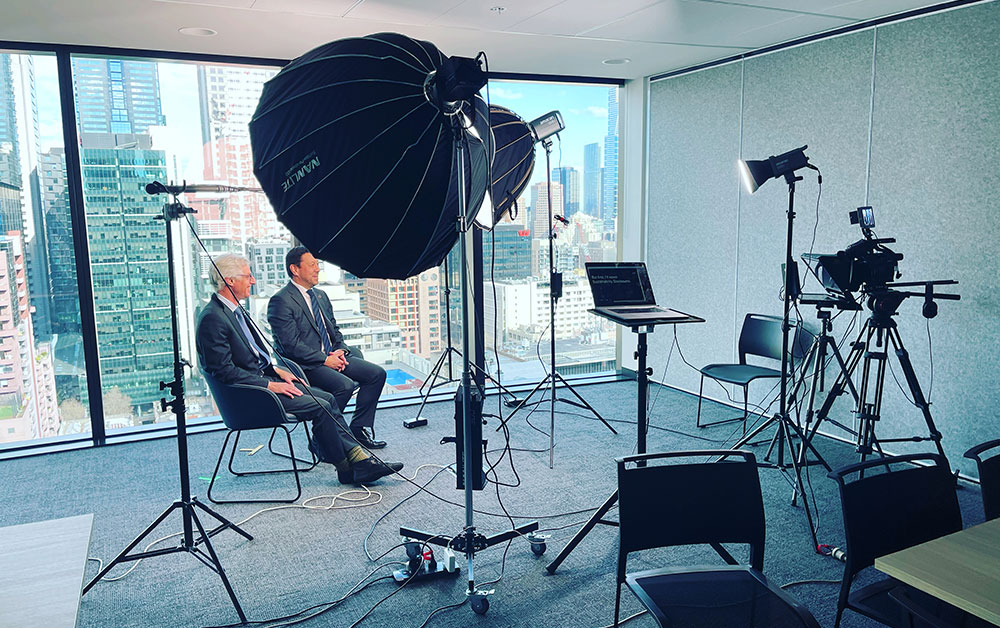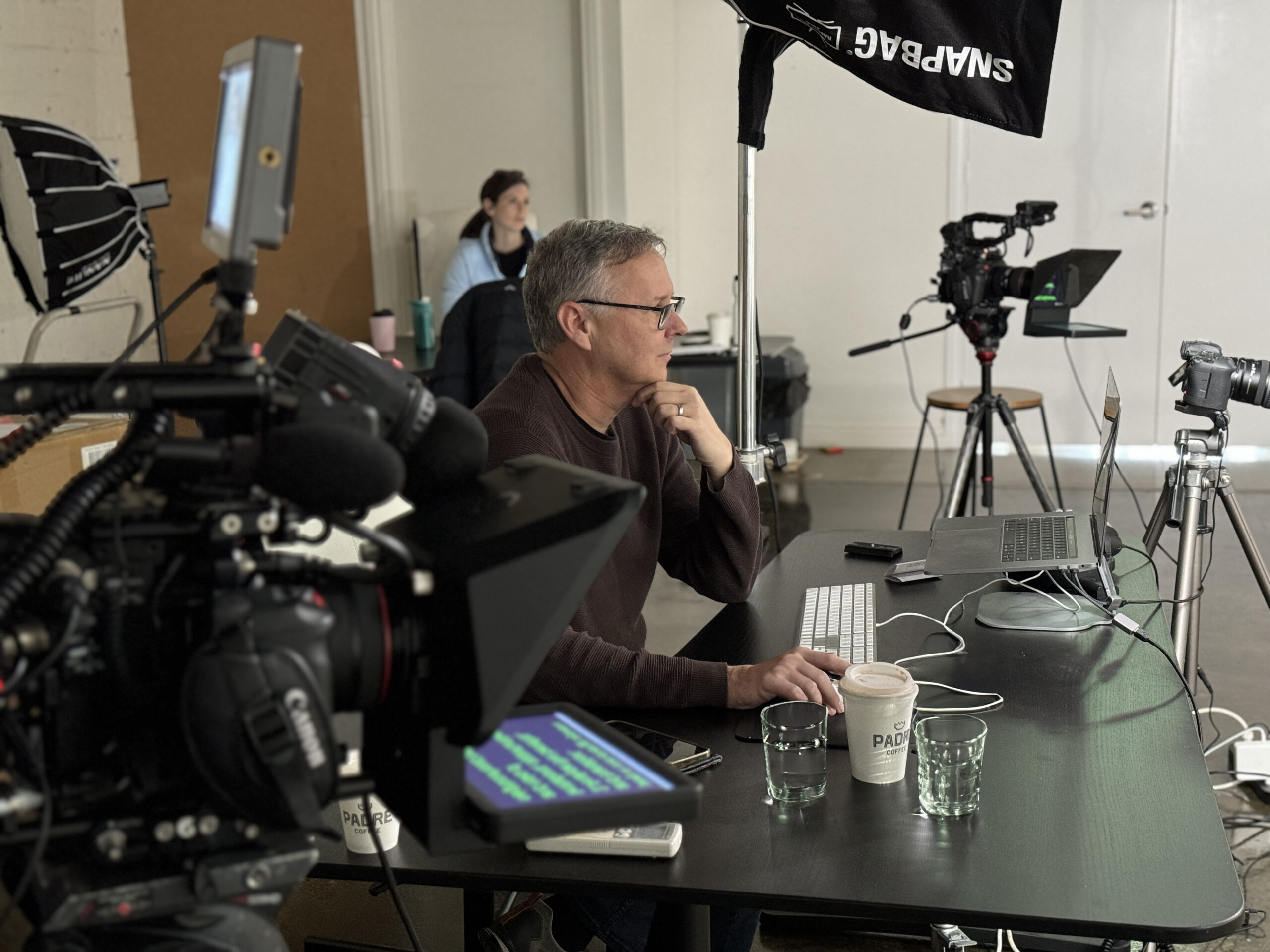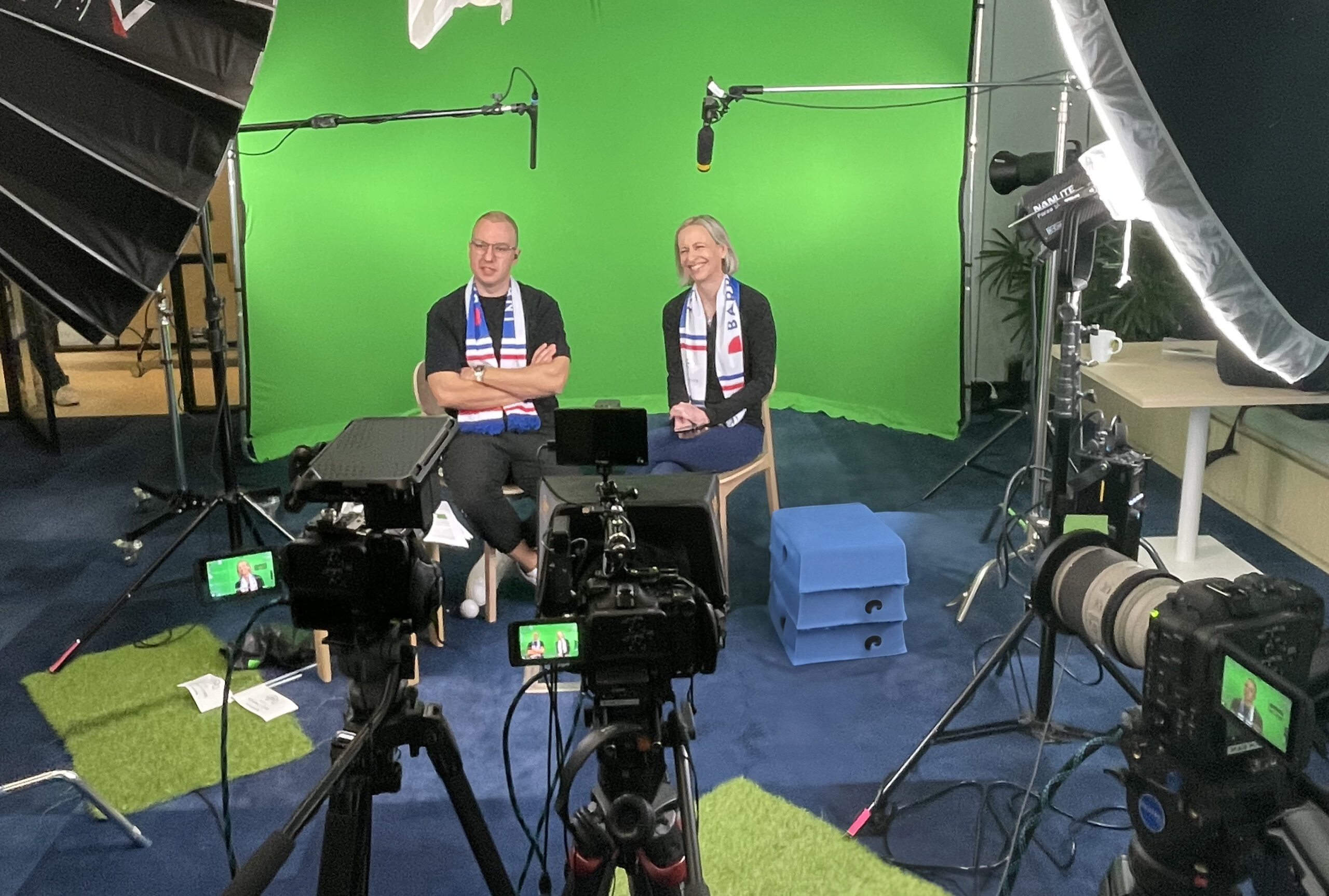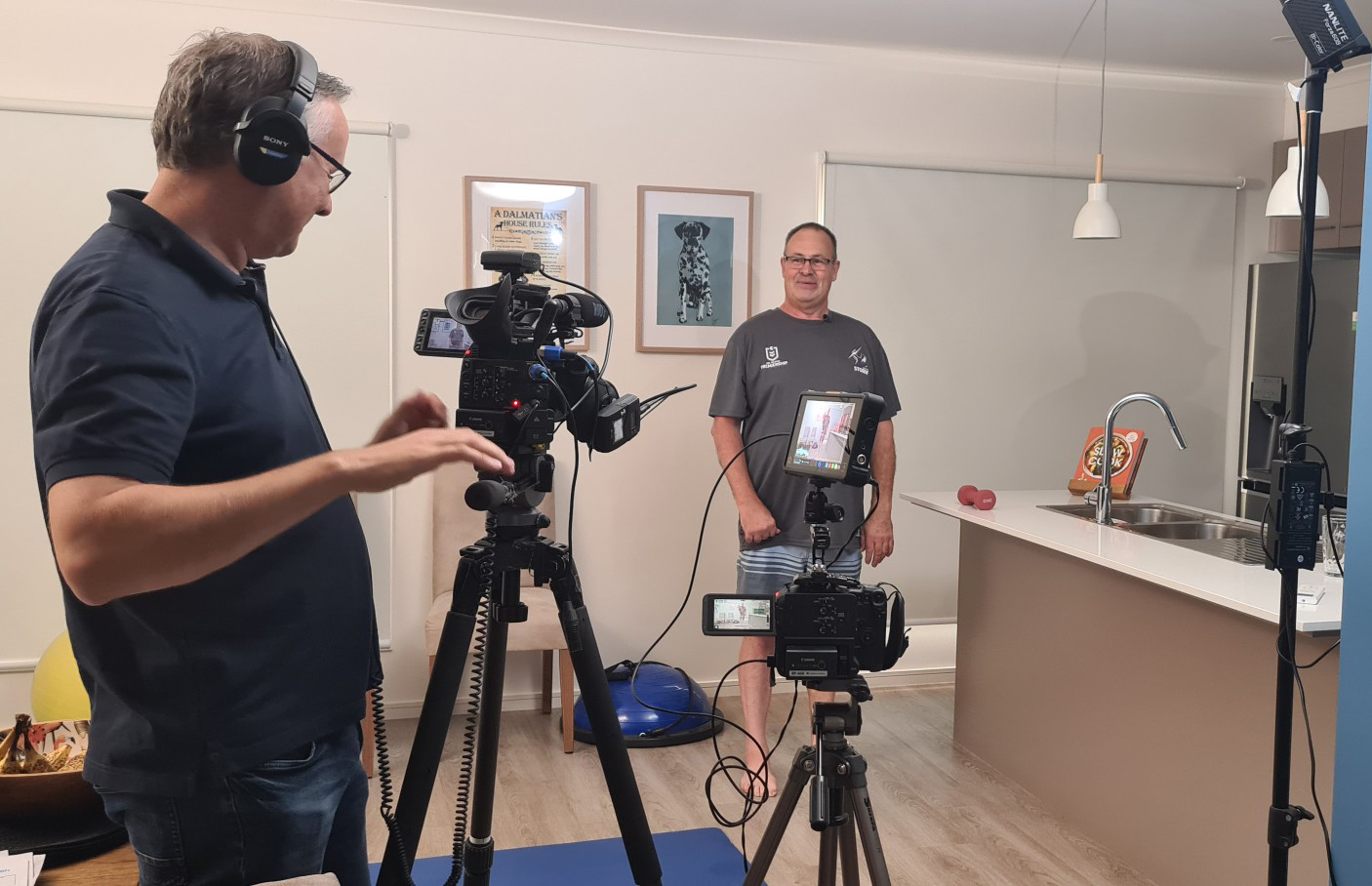No doubt you’ve heard or read about the latest film release “All the money in the world” directed by Ridley Scott and the major hurdle the film needed to overcome to ensure a timely release. I’ve always been a big Ridley Scott fan, but reading about his decision and then accomplishment in getting the film amended in six short weeks was amazing.
For those that are unaware of the circumstances, this film was due to be released late last year with the headline star Kevin Spacey. I remember watching the trailer a few months ago with Kevin Spacey looking unrecognizable in makeup as billionaire John Paul Getty, the film based on a true story about how the man refused to pay for his grandsons kidnap ransom. The film was in-the-can, complete, finished, ready for cinema release in time for the awards season nominations. Then the allegations of sexual misconduct against Spacey were unveiled and the film was put into major jeopardy.
Ridley Scott had three choices – release the film as is with Kevin Spacey as it’s lead and see what the public’s reaction to the misconduct news would be; scrap the entire project and not release the film at all; or find a replacement actor to reshoot all of Kevin Spacey’s scenes.
Wasting no time, Ridley Scott took an unprecedented gamble and made the big call – get rid of Kevin and recast his role. The answer was Christopher Plummer, the 88 year old cinema veteran. From the many articles I have read, over the course of 9 days, approximately 400 shots and 20 scenes were refilmed in 3 different countries with other lead actors Michelle Williams and Mark Wahlberg returning.
Amazingly in 6 short weeks, those scenes were refilmed and inserted into the existing film, the end result of the edit was seamless. There is even mention of Christopher Plummer receiving accolades for his acting work. It was also critically important for the film to be released in 2017, not just for the Christmas box office and to be considered for the awards season but also to beat a TV series to screen in early 2018 about the same story.
The story behind the movie is just as riveting as the movie itself. Here is the two versions of the movie trailers for you to compare.
So how did he do it? What processes did Ridley Scott implement to ensure the film was recast, reshot, re-edited and released in such a short amount of time?
It all comes down to pre-production and these processes should always be implemented into any film or video production.
He states in an interview with The Guardian “When you’re in a film, it’s a lot of money to lose if it’s not working. Business is always highly linked with the creative process. You do a budget. If you’re wrong, you pay. If you go into overtime, that’s your fault. Every time you waste time, you’re losing money.” These statements call out the critical importance of the planning process in any given production.
I’ll be honest, after reading more into this story, my admiration for Ridley Scott has become even greater. I’ve always been a fan of his movies such as Gladiator, Alien, Black Hawk Down, The Martian and countless others. But it’s his work ethic and notoriety for working fast, working to budget and get maximum efficiency throughout the production process that really stood out for me. For my production company, I’ve always strived for stretching the budgets, efficiencies and adding huge value to our clients. And I aim to build confidence and trust with our clients and crew in turning ideas into a reality.
Sometimes an idea may seem out of reach due to time and cost constraints, but when you break the production down in the planning stage, it’s amazing what can be achieved.
VISUALISING THE END PRODUCT
In the case of “All the money in the world”, the Director already had the scripting, scenes and storyline locked in. The way Ridley Scott likes to work is to plan out through storyboarding exactly what he wants to film and how he visualizes each scene, even each shot. This means when he arrives on set there is no mucking around, he knows exactly what he wants and he expects his crew does as well. He shares those storyboards with his crew beforehand so they understand exactly what he is after and can get to work on their areas of expertise to ensure a seamless filming schedule.
Having more detail around not just the dialogue, but the scene descriptions also helps our clients get a clearer understanding of what the end result may look like. We are trusted to deliver on a clients visual ideas, ensuring we are all clear on the visual elements in pre-production will mean a successful end product.
FILMING SCHEDULE
Filming a movie is a bit like a jigsaw and the same can be said about any video production. You need to break down the script elements such as actor availability, locations and duration to film each scene. Essentially you need to work out the most efficient sequence to film each of these scenes, bearing in mind it will easily be edited in the correct order in post production.
At Visual Culture, we like to push the boundaries on what can be achieved in a filming schedule. For example, a shoot we conducted a little while ago for Epworth Healthcare involved about 20 different staff members in three different hospitals, all in different departments. It was a shifting schedule in some parts, but Jaime and Diana from Epworth were amazing at co-ordinating not just the talent, but the locations in half hour blocks over the course of just two days.
https://www.visualculture.com.au/portfolio/epworth-healthcare/
VISUAL CHECKLIST
Prior to the filming days, we had the full script, visuals and dialogue signed off and ready to go. I had a visual idea in my mind on how I wanted each scene to look, the style and tone we were after. Even though we didn’t have a recce at some of the locations, being able to plan for each scene made it easy to assess a room as soon as we arrived and work out the best angles to film from.
POST PRODUCTION
For scripted content in particular, it’s quite a seamless process for the first edits to be produced as the editor will work directly from the script. The more detail added to the scene descriptions makes the editor’s job easier. Even during filming, it’s a huge benefit to make notes on the best takes with time-codes and clapper boards so the editor can go straight to the right place to make edits. Once the rough edit is ready, the Director can be more confident in the edit process if their ideas have been clearly mapped out for the editor. From there, it’s a case of fine-tuning the edit to get the perfect result. Again, the more detail that goes into the planning process, the more efficient the end result will be.
CONTIGENCY PLAN
It does happen from time to time, a scene in the final edit may not work and needs to be redone. Perhaps an actor or in the case of a business video, a staff member needs to be replaced for one reason or another. Perhaps a business policy or service needs to be updated or removed. We consider all of those elements and more when planning for any production. We need to ensure that if there is potential for things to change we have a back up plan to execute. Sometimes this may mean acquiring extra budget, but it’s also about ensuring all the correct information is signed off on before filming commences. Sometimes it’s something that can be fixed in post, but I’d prefer to avoid that scenario – the better we plan a production with our client, the better the outcome will be.
So, when it comes to any type of production it all comes down to perfect planning leading to a successful outcome.
In the case of Ridley Scott, what I’ve learnt from his experience for his latest film has been invaluable. He made an immediate call to replace Kevin Spacey, he jumped straight into planning mode to ensure his actors and crew shared his visual ideas and he got the job done in an incredibly short amount of time for a large Hollywood production. Even at 80 years old, there’s no slowing him down and Directors/Producers all around the world will continue to follow in his footsteps for many years to come.
So do you have an idea for a production that you just aren’t sure whether it is possible due to time, talent or budget constraints? I’d love to chat to you and brainstorm those ideas, you’d be amazed at what can be achieved.
1300 174 773 or [email protected]
Photo credit: Giles Keyte/AP, sourced from The Guardian


